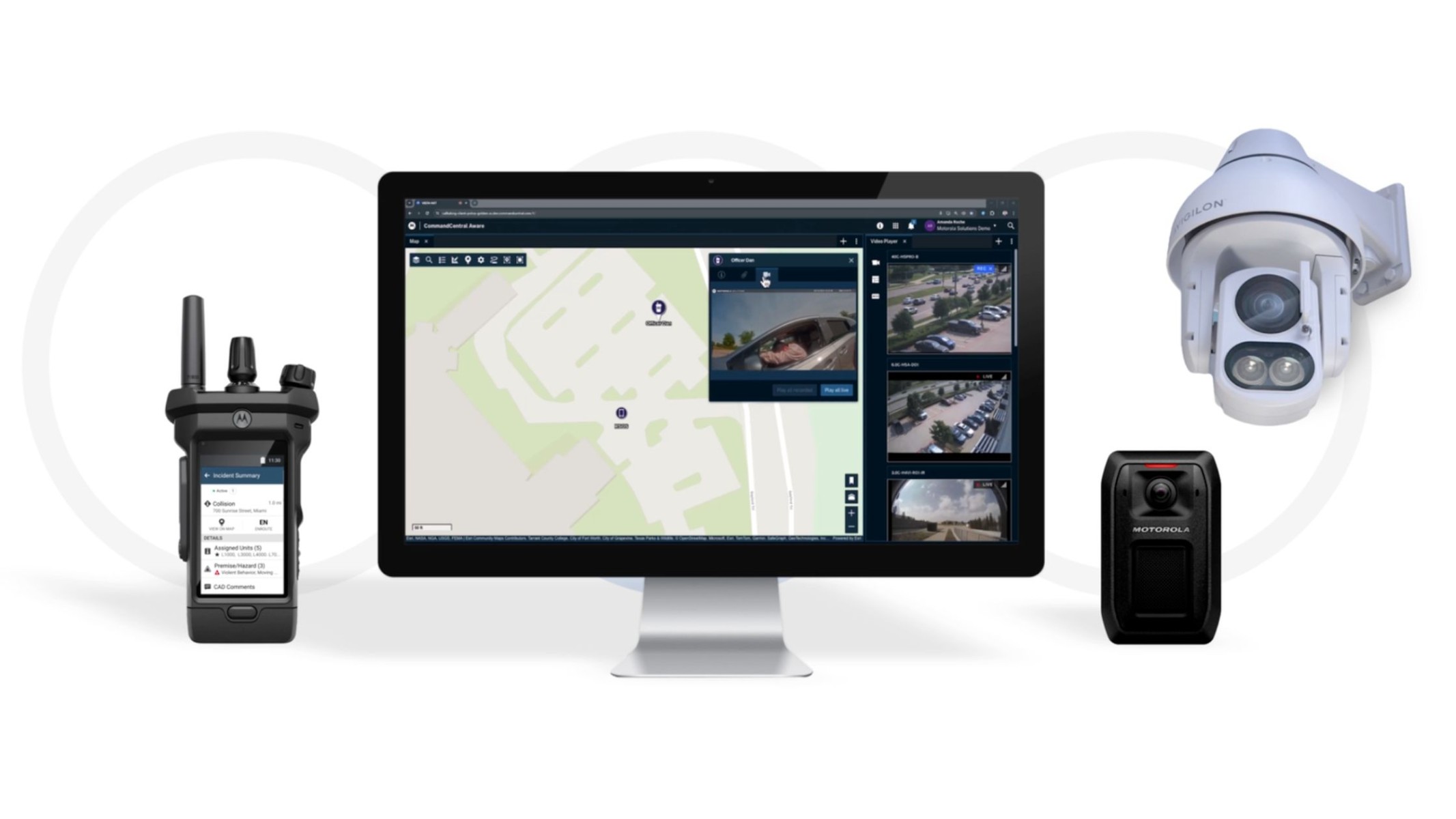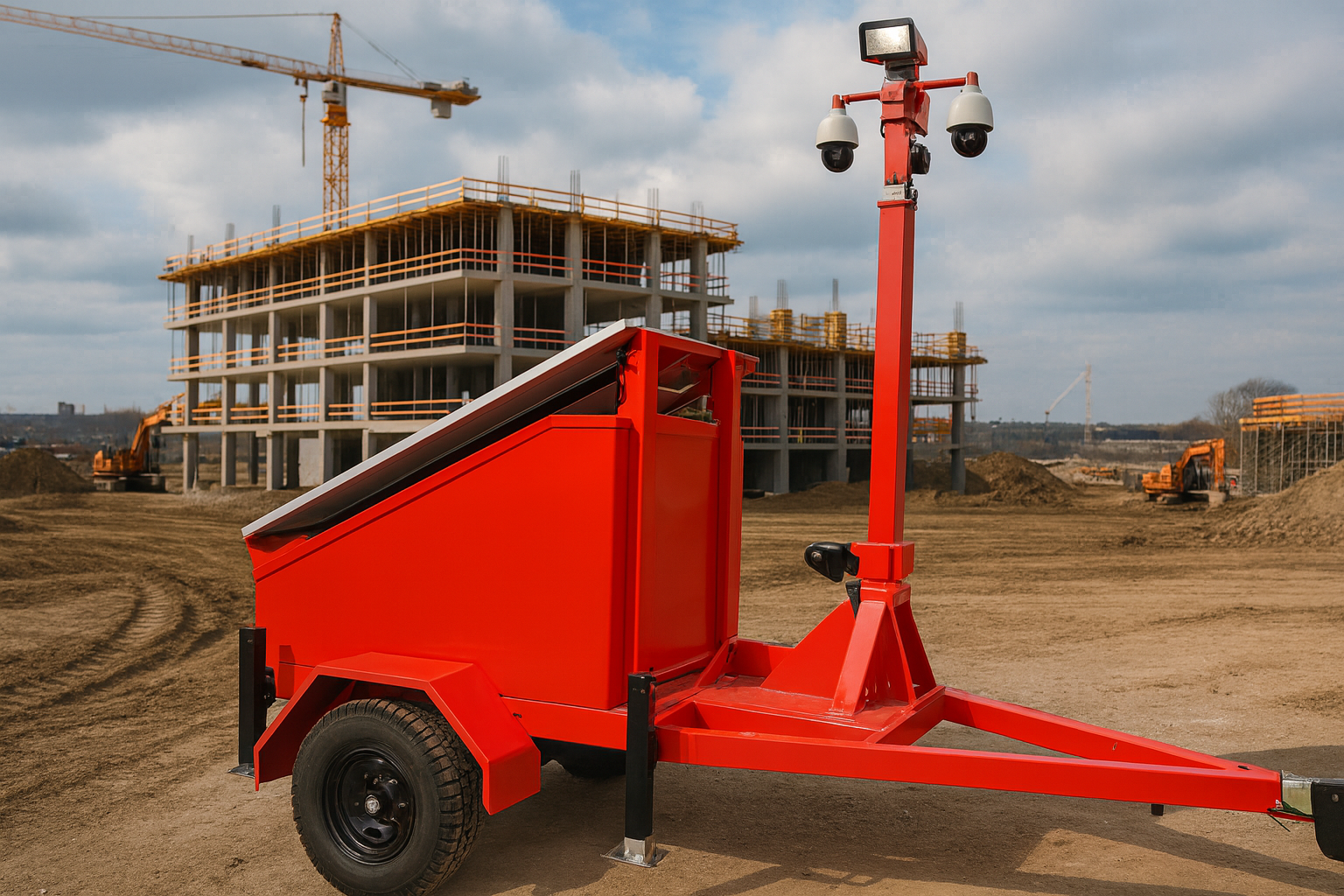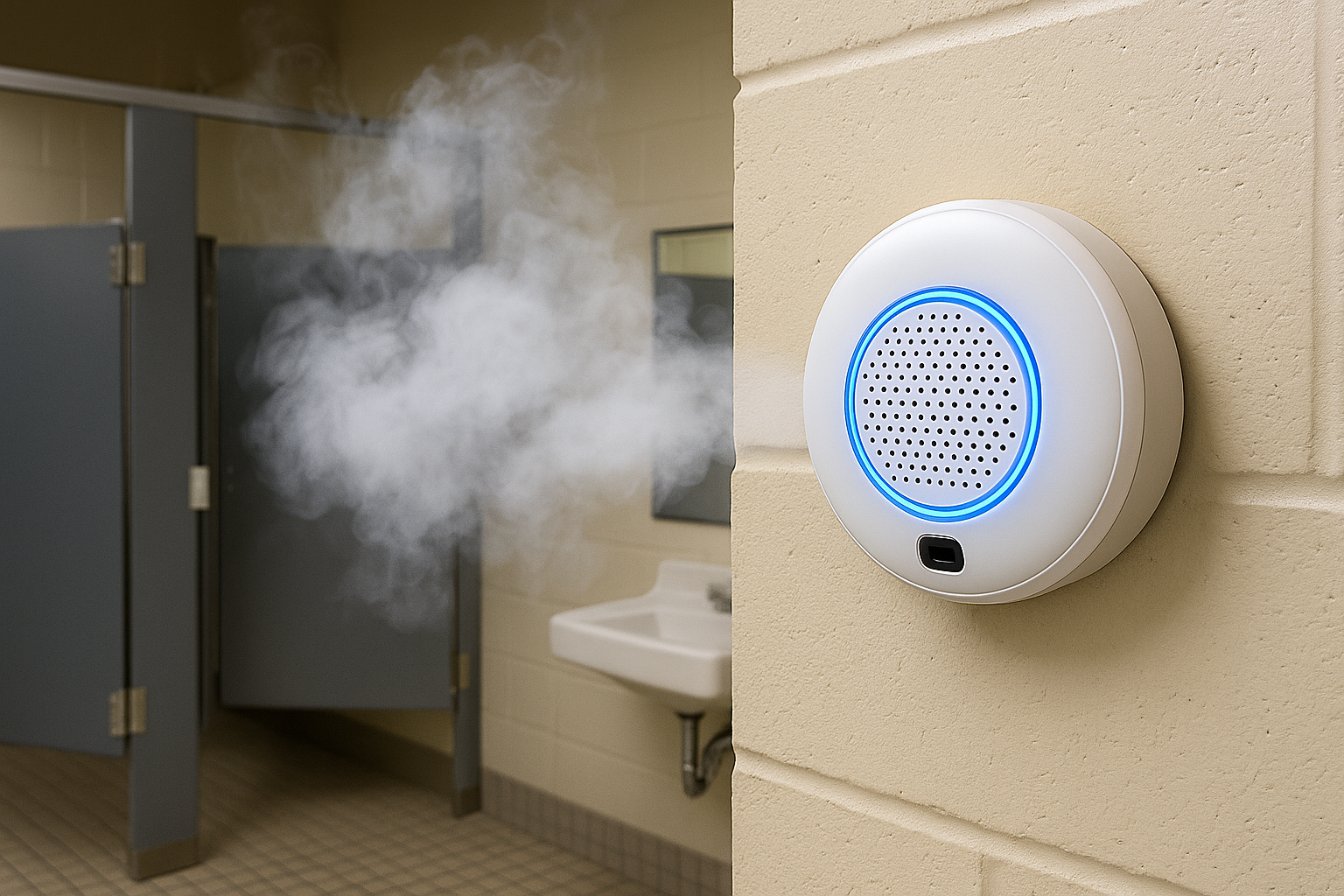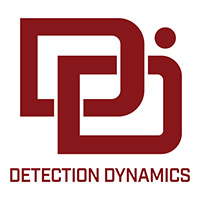TL;DR: In this article, you’ll learn (1) the most common pitfalls companies face with “install-and-disappear” vendors, (2) the qualities that define a true integration partner (engineering depth, IT/cyber fluency, and service commitment), and (3) the exact questions to ask to separate low-bid installers from long-term partners. These insights help security, facilities, and IT leaders de-risk vendor selection and build a scalable, service-backed security program.
Why This Matters
If you manage large facilities or multi-site operations, you’ve probably asked: “Why do our ‘integrated’ systems never feel integrated, and why is service so slow when something breaks?” Picking the wrong integrator leads to siloed platforms, finger-pointing, surprise fees, and systems that won’t scale with your growth. The right choice delivers a unified, engineered solution and a partner who owns outcomes for the long haul.
What Are the Biggest Lessons Learned from Past (Frustrating) Integrators?
Many teams come to selection with battle scars. Watch for these red flags:
“Integrated” in name only: Patchwork systems, multiple logins, partial feature support, and no single owner to tie it all together.
Install, then vanish: Slow break-fix, no proactive maintenance, training, or documentation, plus surprise add-ons later.
Narrow scope = finger-pointing: Vendors that only handle one piece (e.g., cameras) and leave access, alarms, or IT to others.
One-size-fits-all designs: Cookie-cutter proposals that ignore risk, workflows, and future capacity.
Low-quality or proprietary lock-in: Short-lived hardware, missing enterprise features, or closed ecosystems that block future integrations.
Bottom line: Poor technical and organizational integration + weak service = higher risk and operational drag.
What Should You Value in a True Integration Partner?
Look for a partner and not a parts peddler:
Holistic, engineered solutions: Begins with business goals and risk, not a product catalog. Uses value engineering to optimize for function and lifecycle value.
Breadth and accountability: One shop that can integrate video, access, intrusion, visitor management, analytics, and monitoring, backed by program-level ownership.
Relevant domain experience: Proven success in environments like healthcare, manufacturing, campuses, logistics, or multi-tenant.
IT/cyber fluency: Network design, VLANs, firewalls, identity integrations (e.g., AD/SSO), hardening, patching, and cloud/AI readiness.
Service-first culture: SLAs, proactive maintenance, training, documented handoffs, periodic reviews, and upgrade roadmaps.
Transparency and trust: Clear scopes, no hidden costs, honest trade-offs, and references you can call.
Which Questions Will Reveal Whether They’re a Fit?
Use these to separate installers from partners (and listen for specifics, not platitudes):
Track record: “Show similar deployments and provide references we can call.”
One-stop integration: “Do you handle video, access, intrusion, visitor, and alarms under one platform?”
Customization & scalability: “Walk us through your assessment/design process and how you plan for growth and emerging threats.”
Service commitments: “What SLAs, response times, and preventive maintenance do you guarantee? What training is included?”
Tech currency: “What advanced solutions have you implemented recently (AI analytics, cloud VMS, open standards)?”
IT alignment: “How will you work with our IT team (network segmentation, security baselines, identity, encryption)?”
Scope clarity & TCO: “What’s included vs. optional? How are licenses, upgrades, and future maintenance handled?”
Legacy coexistence: “Can you integrate or phase our existing devices and minimize migration downtime?”
Open vs. proprietary: “Could another integrator support this platform? How do you avoid vendor lock-in?”
Long-term value: “Why you, beyond price? How will you earn our business every year?”
Checklist: How to Compare Proposals at a Glance
✔ Unified platform with open standards (ONVIF for video, identity integrations for access).
✔ Documented design (network diagrams, device/firmware standards, naming conventions).
✔ SLAs in writing (e.g., 4-hour critical response, quarterly PMs, update cadence).
✔ Acceptance testing & training plan (operators + administrators).
✔ Lifecycle roadmap (3–5 year: upgrades, expansions, cybersecurity posture).
✔ Transparent TCO (hardware, labor, software, licenses, support, lifts, spares).
✔ References and site tours for similar environments.
Real Example
A Midwest manufacturer with three plants had cameras from four brands, standalone access control at each site, and no shared user database. After a discovery and risk review, Hoosier standardized access onto an open platform, integrated existing ONVIF-compatible cameras into a cloud-managed VMS, and linked alarms so that events automatically pulled camera views. With SLAs and quarterly PMs, average incident triage time dropped from 26 minutes to 6 minutes, and IT reported zero post-cutover bandwidth incidents. (Results illustrative of typical outcomes when standardizing on open platforms with proactive service.)
FAQ
Q: Can we avoid ripping and replacing all our legacy gear?
A: Often yes. If devices meet open standards (e.g., ONVIF), we can integrate many existing cameras and badge readers into a modern VMS/ACS, then phase upgrades over time to control cost and downtime.
Q: How do we keep false alarms and alert fatigue under control?
A: Start with better integrations (video ↔ alarms), add analytics that filter by behavior or zone, and pair with clear SOPs. Proactive tuning during quarterly PMs keeps nuisance rates low.
Q: What proves your service won’t “disappear” after install?
A: Written SLAs, a preventive maintenance schedule, named account ownership, training plans, and periodic business reviews with health reports and upgrade recommendations.
Q: What should IT expect during deployment?
A: A joint design workshop, network segmentation plan, identity integration (e.g., AD/SSO), hardening checklist, and change-control coordination, plus complete as-builts at handover.
Q: How do you future-proof our investment?
A: We standardize on open platforms, document expansion capacity (storage, licenses, device limits), and set a 3–5-year roadmap that anticipates headcount, sites, and analytics growth.
Next Steps
Book a 1:1 session at the Hoosier Security Experience Center to see unified access + video + analytics in action.
Request a comparative proposal review (we’ll map gaps, hidden costs, and integration risks).
Ask for references in your specific industry and environment.









